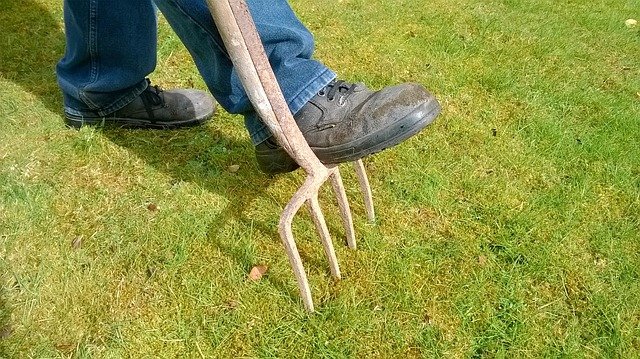
There are a lot of different diseases that can affect your lawn, leaf spot and melting out are two of them! For a long time, lawn care specialists didn't know the difference between these two diseases, so they were referred to as a single disease - Helminthosporium leaf spot.
As more testing was done, it came to light that despite looking similar and sharing characteristics, leaf spot and melting out are, in fact, two different diseases. Today we're going to take a look at these diseases and explain what they look like and how to treat them!
Two different pathogens
While leaf spot and melting out disease both display a lot of similar characteristics, they are caused by two different pathogens. The pathogen that causes melting out is most active during autumn when the weather is cooler and the grass is damper. In comparison, the pathogen that causes leaf spot is more active during the warm summer months.
Despite appearing at different times of the year, both pathogens favour the same grass species, and most commonly infect sports grounds, garden lawns and golf greens. This is because these areas contain perennial ryegrasses, tall fescue and other species that leaf spot and melting out pathogens like to attack.
What are the symptoms
Like a lot of lawn diseases, both leaf spotting and melting out cause your lawn to look discoloured. Upon closer inspection, you will see that the discolouration is caused by spots of decay on the blades of grass. These tend to be purple/brown in colour and can appear over a large area if the conditions are favourable for the pathogens.
If your lawn is suffering from leaf spots, the black/purple spots will only appear on the leaf blades, however, if your lawn is suffering from melting out, you might notice that the black decay spreads down the leaf blades towards the root of the plant. For that reason, melting out tends to be the more aggressive and devastating disease of the two.
Lawn fungus
The pathogens that cause melting out (Bipolaris sorokiniana) and leaf spot (Drechslera poae) are both types of fungi - however, because they present as dark spots on the lawn leaves, they don't always get recognised as part of the fungus family! Other types of lawn funguses you might come across in your lawn include white mycelium, mushrooms, toadstools, slime mould and fairy rings.
These 'typical' fungi are often easier to identify, while leaf spot and melting out are a little more tricky. That's part of the reason we're raising awareness because all lawn fungi can be detrimental to your lawn if they're left untreated!
Preventing leaf spot and melting out
So how do you prevent these two fungal diseases from affecting your lawn? Well, here are a few things you can do...
- Aerate your lawn regularly to help excess moisture drain away from the surface of your lawn.
- Apply fertiliser that will help your lawn grow strong and healthy, this will make it less susceptible to lawn diseases.
- Scarify your lawn to prevent thatch buildup. Thatch creates a good environment for fungal pathogens to grow.
Treating leaf spot and melting out
If your best lawn care efforts haven't prevented leaf spot or melting out to occur in your lawn - don't panic. There are ways to treat these diseases and encourage your lawn back to its normal, healthy state. Here at Lawn and Weed Expert, we treat a wide range of fungal lawn diseases using specialist fungicides. We can also offer advice about the best aftercare for your lawn so that fungus is less likely to appear on your lawn in the future.
Our Fungus/Mould Treatments >
If you think your lawn may be afflicted with leaf spot or melting out disease, don't hesitate to get in touch with us on - 0800 111 4958 or fill in our enquiry form. We can provide a FREE lawn survey and help you rid your lawn of the frustrating fungus in no time at all!